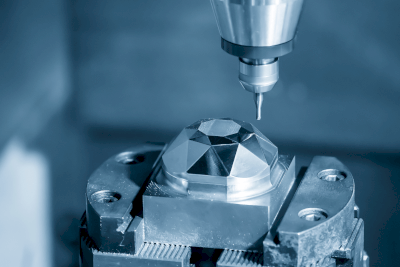What Is Mirror Finishing?

Mirror finishing is a surface treatment process that results in a highly polished, mirror-like surface on a workpiece. This finish is achieved by smoothing the surface to such a degree that it reflects light, similar to a mirror. It is suitable for a variety of materials, including metals like stainless steel, as well as plastics, ceramics, and glass.
Uses of Mirror Finishing
Mirror finishing is common in luxury furniture manufacturing, medical devices, pharmaceutical equipment, and various kitchen utensils. It is also found in automotive parts and in advanced manufacturing sectors like semiconductor and LCD equipment. This finish is particularly beneficial for the interior of pipes, reducing resistance for flowing substances, and thus widely used in their finishing.
Principles of Mirror Finishing
Common measurements include arithmetical mean roughness (Ra) and maximum height (Rz), both in micrometers (μm). Ra provides an average roughness value, while Rz measures the height difference between peaks and valleys. Achieving an Ra value of approximately 0.2μm gives the surface a mirror-like appearance.
Methods of Mirror Finishing
There are four primary methods of achieving mirror finishing:
1. Cutting
Cutting uses high-speed tools to precisely shape the surface, capable of nanoscale precision. This method minimizes the risk of impurities entering the product.
2. Grinding
Grinding employs abrasive stones to shape and finish the surface. It targets the upper part of the surface and is often used as a final touch.
3. Vacuum Deposition Plating
Vacuum deposition plating creates a thin, even metal film on the object’s surface, suitable for a variety of materials and producing a uniform mirror finish.
4. Electrolytic Polishing
Electrolytic polishing, suitable for certain metals, creates a mirror surface through a chemical reaction in an electrolytic solution. This method can reach areas physically difficult to polish, such as scratches or dents.